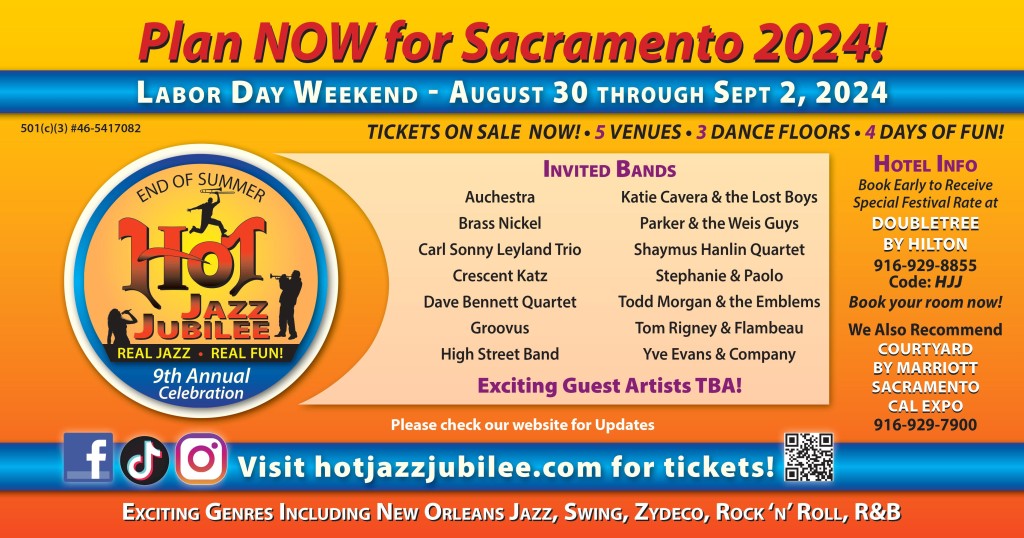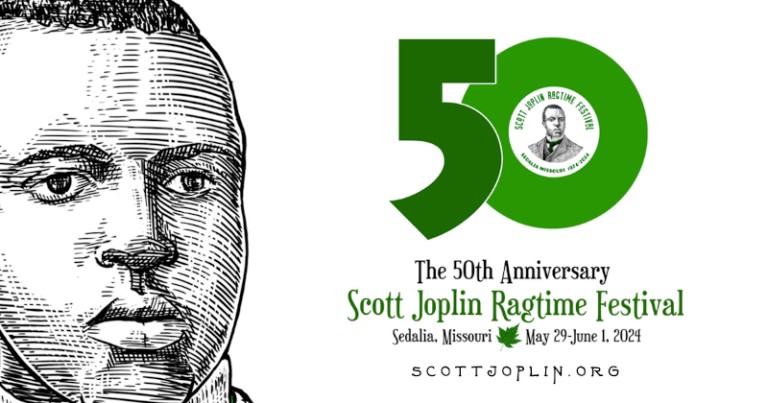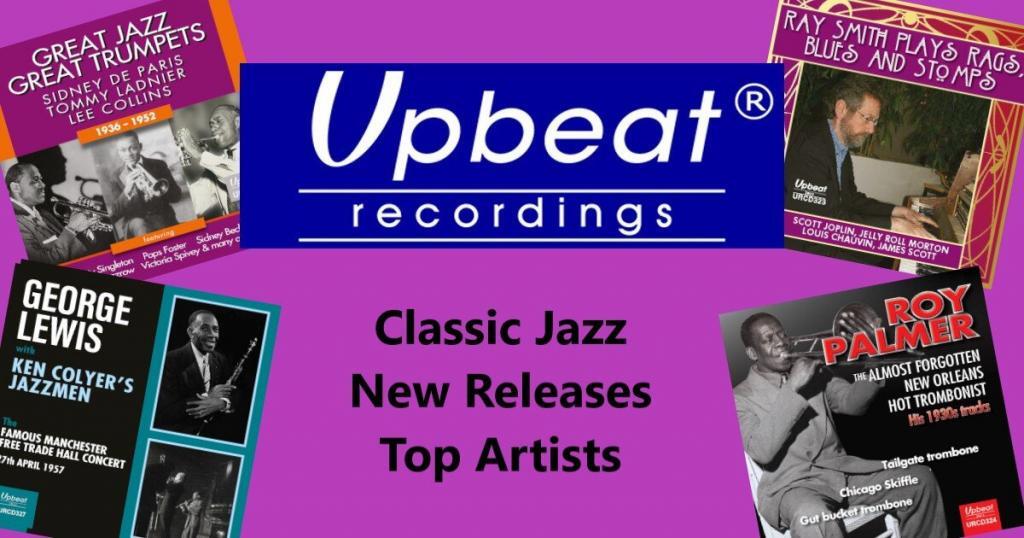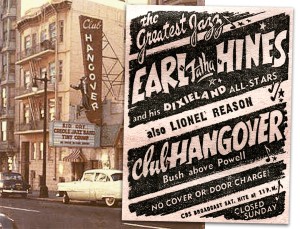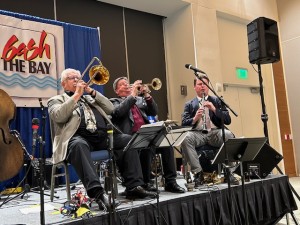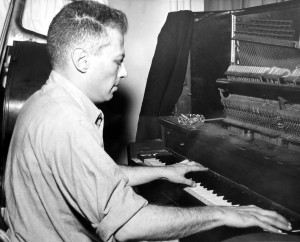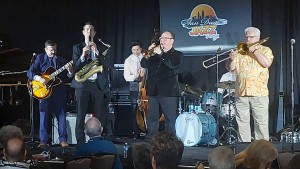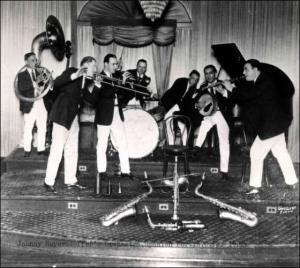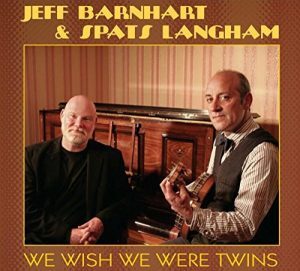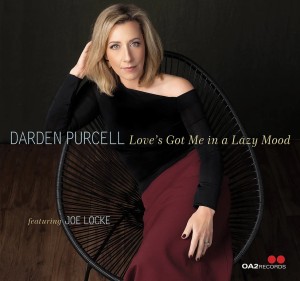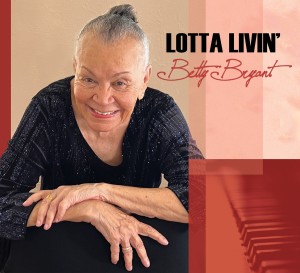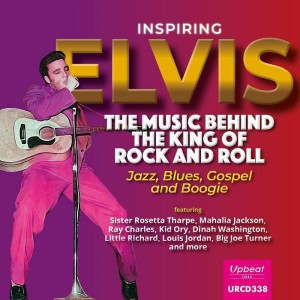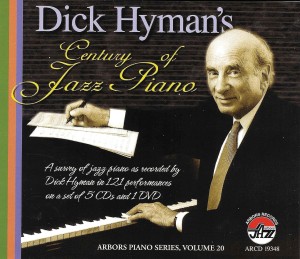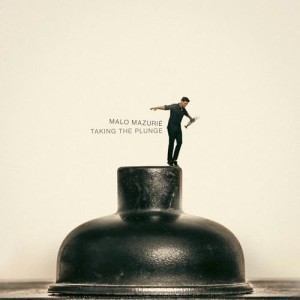 Set forth below is the eighth “Texas Shout” column. It first appeared in the July 1990 issue of The West Coast Rag, (now known as The Syncopated Times).
Set forth below is the eighth “Texas Shout” column. It first appeared in the July 1990 issue of The West Coast Rag, (now known as The Syncopated Times).
There is a small body of recordings from the vintage years of Dixieland jazz that are regarded by everyone as being “classics”. Included therein, for example, would be the 78s of King Oliver’s Creole Jazz Band, Louis Armstrong and his Hot Five, Jelly Roll Morton’s Red Hot Peppers, and Bessie Smith.
Various commentators, including myself, would add other names to the above list, but for today’s purposes, I want to concentrate only on those about which there could be no reasonable disagreement. Indeed, I would go so far as to say that anyone unfamiliar with the works mentioned above, or who does not understand why they are universally considered to be “classics”, does not have a sure grasp of what Dixieland jazz is all about.
When Lu Watters and his colleagues started the Dixieland revival in the early 1940s, they used recordings by Oliver, Armstrong, and other classic jazzmen as a point of departure. At that time, Dixieland jazz was thought to have been out of vogue for a long time. These “classic” platters were disappearing relics of an ancient era.
Of course, these seemingly hoary discs that Watters was reviving were, when he began recording, only about a dozen years old. The revival he initiated has continued for 50 years now. If music that was only a dozen years old in the early forties could by then have attained classic status, isn’t it time for us to begin looking back over revival-period recordings, some of which are now decades behind us, to see which ones should be added to the list of acknowledged classics?
That’s what I’d like to do for the balance of this column, i.e., make a first step at designating a set of classic revival-period Dixieland recordings. Each of you will have his or her own favorites that I won’t mention – as do I. However, for the benefit of those who would like to delve a bit deeper into the music, I think it useful to suggest some places to begin, with the hope that my selections will also be hard-core “classics” about which there should be little or no room for controversy.
Let’s understand the ground rules: To me, classic status implies both skill and influence. Said another way, to be “classic”, you must have (1) demonstrated the ability to play high-quality Dixieland consistently and (2) inspired a significant group of jazzmen to follow your lead. I think you’ll find little disagreement with the position that these criteria are met by all of the artists/sessions suggested below as being revival-period classics.
The 1940s are relatively easy. Lu Watters’ Yerba Buena Jazz Band defined the West Coast revival approach to Dixieland. The recordings by Bunk Johnson with George Lewis did the same thing for the uptown New Orleans style. Finally, the sides by Eddie Condon and his cohorts for Commodore (which began in the late 1930s and continued into the 1940s) crystallized, once and for all, the direction that Chicago style would follow. I can’t imagine anyone disputing the classic status of these sessions. Indeed, their frequent reissue supports the view that these are essential sides.
With the knowledgeable George Avakian producing its Dixieland material, Columbia dominates the 1950s. Turk Murphy’s Columbia’s rank among the high points in his illustrious career; the 1950s Murphy sound has been echoed by San Francisco-styled combos all over the world ever since. One of the finest editions of Louis Armstrong and his All-Stars made a series of LPs for Columbia that were state-of-the-art downtown New Orleans. And the Condon jams for Columbia, in their way, are virtually the equal of his Commodores.
The 1950s were the heyday of the Good Time Jazz label, formed to preserve the exhilarating Firehouse Five Plus Two, whose loose-limbed straight-ahead two-beat and breezy presentation can perhaps now be recognized as the classics that they are, in contradiction of the 1950s critics who seemed unable to forgive the septet for wearing firemen’s uniforms on gigs. Certainly the FH5’s vitality and humor survive today in abundance from the stage of virtually every festival that hires organized bands.
Good Time Jazz also housed, for a while, another giant of the downtown New Orleans style, trombonist Kid Ory. Of the long string of recordings he made from the mid-1940s to the mid-1960s, the Good Time Jazz sessions are probably the best and certainly the most influential.
When Bunk Johnson died, the baton of uptown New Orleans passed to his clarinetist George Lewis, whose septet towers over this branch of Dixieland in the 1950s. Of the many first-rate recordings they made, the three LPs on Delmark would rank near the top, catching the band in top form and, taken together, displaying its full range.
The 1950s saw the initial flowering of the variation of uptown New Orleans now known as “British trad”. Trumpeter Ken Colyer’s unimpeachable integrity makes anything by him worthwhile, but his early Deccas with Chris Barber and Monty Sunshine are especially choice. Barber’s excellent initial series of albums on his own can still be heard in the playing of many bands today, though Barber’s style later changed rather markedly.
Finally for the ’50s, one of the finest combos of all time, the incomparable septet led by trombonist Wilber De Paris started a long run at Jimmy Ryan’s in New York and a series of albums for Atlantic that obviously were adored by many of today’s Dixielanders. Speaking for myself, I do not have unqualified praise for De Paris, believing that his stop-and-go arrangements, and particularly his oddly-constructed compositions, reflect a flawed view of what Dixieland is supposed to be. However, when his band headed, without any constraints, straight into one of those good old good ones, it couldn’t be beat. In light of its effect on musicians who came later, it is beyond doubt a “classic” combo.
By the time the 1960s rolled around, Dixieland was in a bit of a decline. Rock had a firm grip on the pop charts, the veteran Dixielanders were starting to die off, the busy festival scene (which now provides a market for organized bands) was years in the future, and many outfits were jam bands of part-timers playing Chicago style on weekends in neighborhood taverns.
Out of this milieu, however, emerged Kid Thomas and his Algiers Stompers, a combo that had been operating for decades across the river from New Orleans. Thomas’s direct, from-the-shoulder, back-alley sound got a degree of national distribution on Bill Bissonnette’s Jazz Crusade label, moving on to world-wide fame and influence. As with Colyer, Thomas’s tough-minded trumpet always satisfies, but the “classic” nod probably goes to a couple of platters for Riverside plus quite a bit of Thomas material now available on G.H.B.
Similarly, there is only one band from the 1970s which, from this perspective, can justifiably claim to be “classic”. The New Black Eagle Jazz Band’s best days occurred in that decade, during which its then-unique characteristics of delivering a four-beat feeling with a banjo-tuba rhythm section, its wide-ranging repertoire, and its occasional use of sub-units during a performance, single-handedly changed the way many Dixielanders think about their music. During those years, the Eagles maintained an amazingly high standard; you could buy virtually anything they waxed in the 1970s and mount a respectable argument for its “classic” status.
What about the 1980s? Too soon to tell, I think. There are a number of combos out there that are doing exceptional work, but none as yet has generated the type of following that I’ve indicated above as a prerequisite for “classic” status.
I’m sure you’ve noticed that I’ve chosen to concentrate primarily on full bands in developing this preliminary list, setting aside individual soloists, small combos and chamber-jazz groups. However, not being quite sure whether the remarkable Soprano Summit would fall on the full-band side or the chamber-jazz side (where I’d put it), I can’t close this column without a mention of one of the most distinctive and musical jazz organizations that ever took the field, one that left in its wake a few clearly Summit-derived reeds-with-rhythm units.
As I said, each of you will have your own favorites to add to the above selections. Personally, it grieves me to omit Bob Scobey’s Frisco Jazz Band, Red Nichols’ Five Pennies (its LPs for Capitol), the efforts of the Ohio revivalists (Gene Mayl, Carl Halen), the Bay City Jazz Band, the Teagarden-Hackett “Coast Concert” date, and many others. They produced great stuff that stands up marvelously decades later, as any “classic” should. However, good as they are, these sides have not yet exerted the strong effect on later jazzmen that I think the “classic” designation implies.
Making lists of this type is always fun. You probably started your own halfway through this column. However, I have a larger purpose in focusing today on this subject.
I have previously remarked in these pages that many people have become involved in today’s Dixieland scene for a variety of different reasons. Some of these reasons are more social than musical — the chance to organize something, the chance to escape the electrified rhythms on the current pop charts, the chance to spend time with a gathering made up mostly of folks in one’s own age group, the chance to dance in the pre-disco ballroom style, etc. I think that’s great; anything that attracts people to Dixieland is fine with me.
However, I also think it’s too bad that a number of fans become deeply immersed in aspects of Dixieland while not fully giving themselves a chance to appreciate the music at its best. Virtually all of your favorite bands on today’s scene, whether you (or they) know it or not, derive from the artists mentioned in this column or others of comparable stature. Some of your favorites are clearly direct disciples of a specific classic player or band, some appear as bits of one great vintage musician modified by pieces of another, and some derive from these older artists but filtered through contemporary jazzmen on the next stage.
If you’ll take the time to seek out and listen to a few of these “classic” combos and players, you’ll discover the musical roots of your interest in Dixieland. I can’t help but think that you’ll thereby soon find a deeper satisfaction in hearing your own favorites, you’ll be a more perceptive observer of the current environment, and you’ll enjoy your hobby even more. As a further challenge, let me repeat my opinion that anyone unfamiliar with the works mentioned above (including the new entries I’ve made), or who does not understand why they are leading candidates for “classic” status, does not have a sure grasp of what the contemporary Dixieland scene is all about.
In any event, the names I’ve suggested will get you started, in case you need some direction, and you won’t go wrong with any of them. Next time we’re at the same festival site, tell me how it came out.
Back to the Texas Shout Index.

The full run of “Texas Shout” has been collected into a lavishly illustrated trade paperback entitled Texas Shout: How Dixieland Jazz Works. This book is available @ $20.00 plus $2.95 shipping from Tex Wyndham, On request, Tex will autograph the book and add a personalized note (be sure to tell him to whom the note should be addressed).
Tex Wyndham’s 3 CD Guide to Dixieland with music and commentary is available for $20 plus $2.95 shipping. The separate CD, A History of Ragtime: Tex Wyndham Live At Santa Rosa, is available for $13.00 plus $2.00 shipping. On request, Tex will autograph the inner sleeve and add a personalized note (be sure to tell him to whom the note should be addressed).
Send payment to Tex Wyndham, P.O. Box 831, Mendenhall, PA 19357, Phone (610) 388-6330.
Note: All links, pictures, videos or graphics accompanying the Shouts were added at the discretion of the Syncopated Times editorial staff. They did not accompany the original columns and do not necessarily reflect the opinion of Tex Wyndham.
